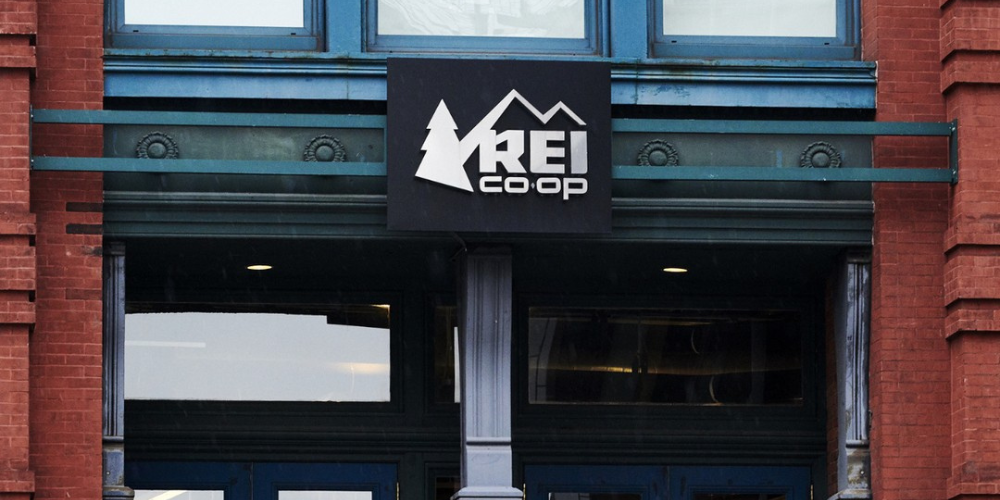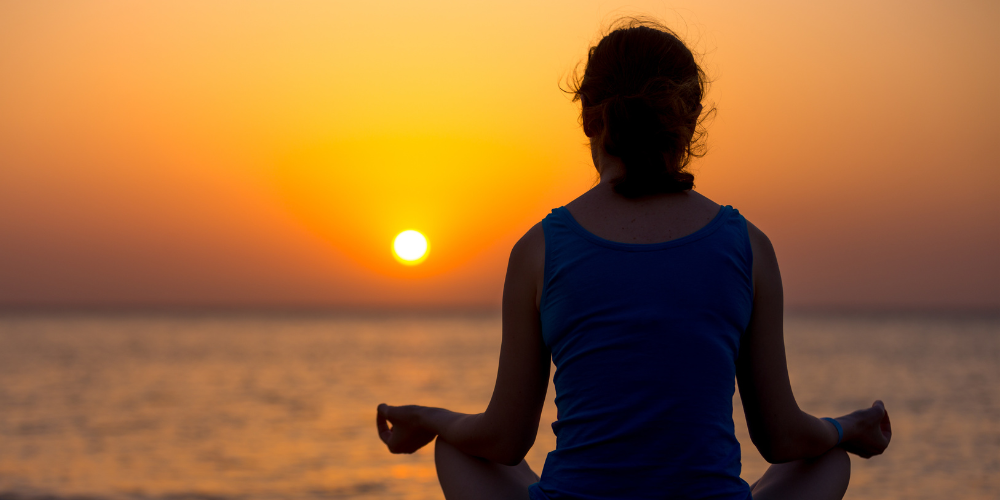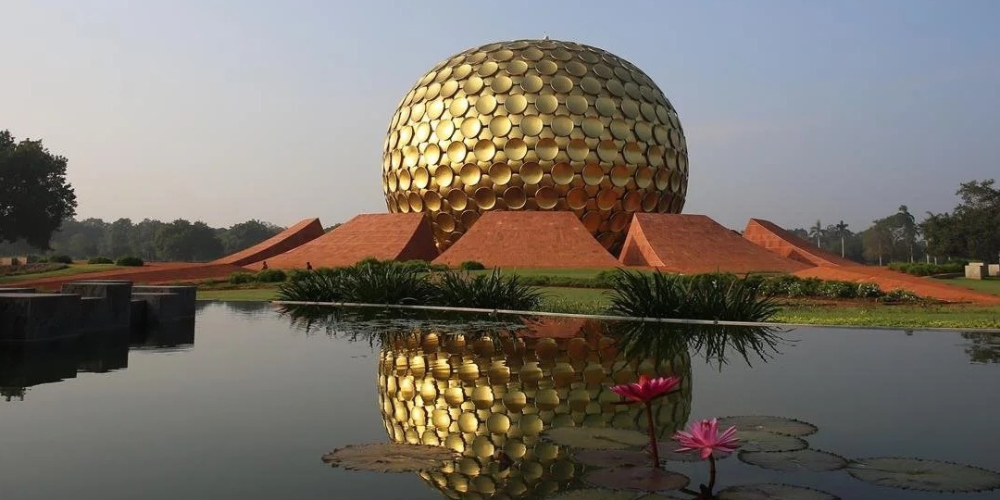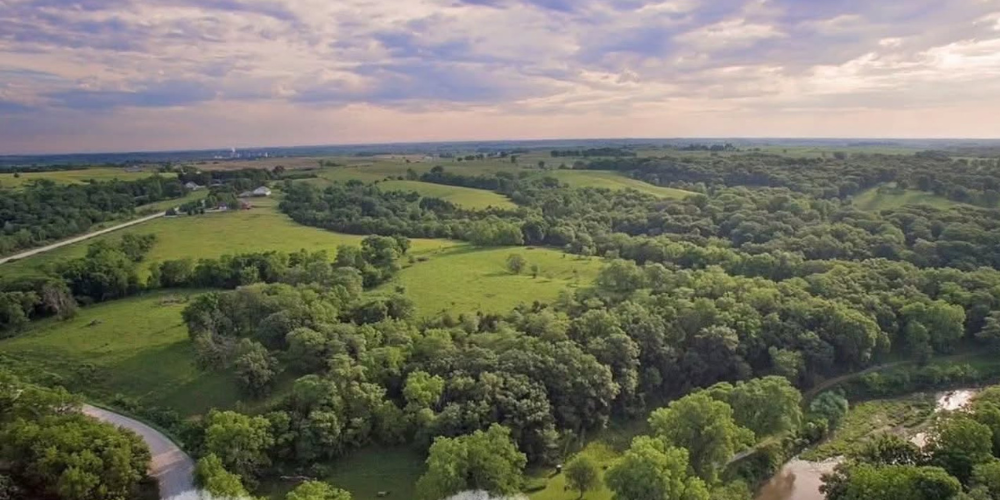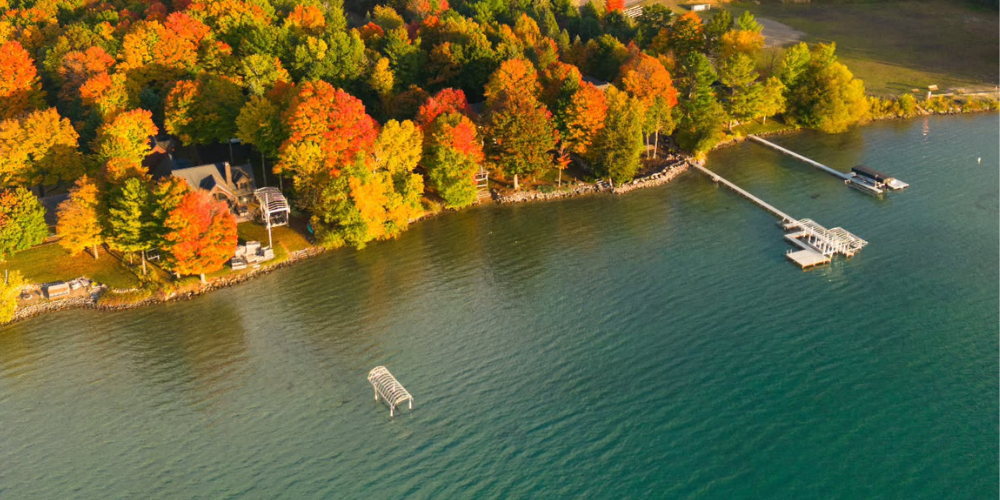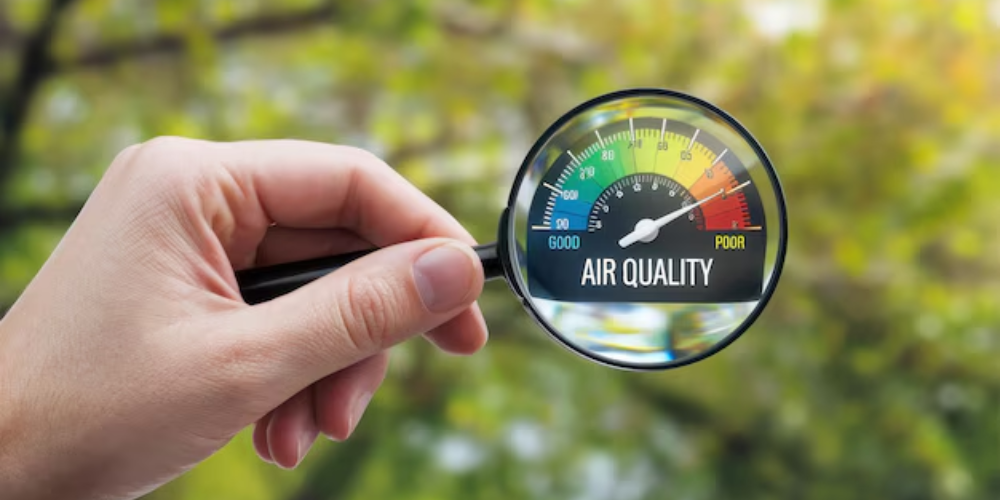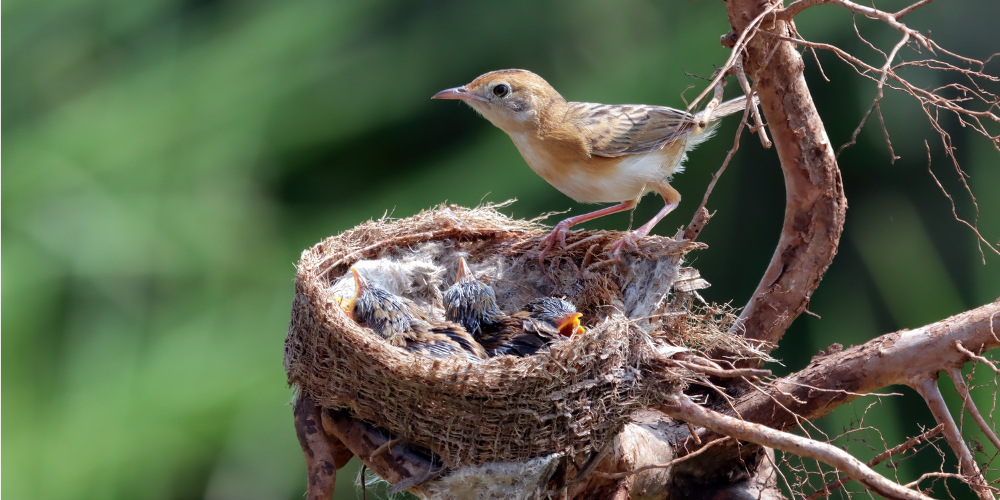Spirituality takes on many forms in the United States, reflecting a wide range of beliefs and practices. For some, spirituality centers...
More life style

Outdoor air quality changes quickly, and the difference between clean and harmful air can be striking. A pollution monitor may show...
Gel manicures are known for their glossy finish and long-lasting wear, but one ingredient commonly found in certain products has been...
Nelly Furtado has never been one to shy away from self-expression, and her latest appearance proved that confidence is the best...
Home is more than walls and shelter—it is safety, belonging, and continuity. Every living being, from the smallest insect to the...
Across much of North America, the night sky is slowly fading. What was once a blanket of stars stretching from horizon...
Walk down any personal care aisle and it’s hard to miss labels proudly stating “phthalate-free.” The term pops up on everything...
"South Park" is infamous for its ruthless and often hilarious takedowns of the rich and famous. The show has a long...
A striking discovery beneath the waters of Lake Lednica in western Poland is offering a rare look into the past. Archaeologists...
There’s something captivating about reviving old ideas through a modern lens—especially when those ideas come from one of America’s most influential...

